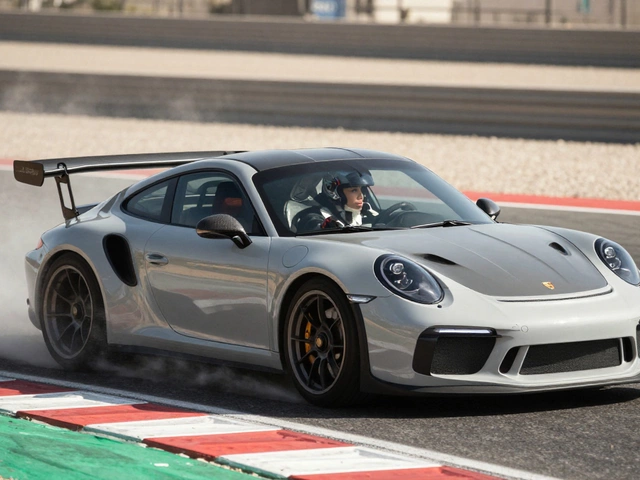Handbrake Basics for Rally Drivers
If you’ve ever watched a rally car swing around a tight corner and lock the rear wheels, you’ve seen the handbrake in action. It’s a simple lever, but using it right can shave seconds off your stage time and keep you on the road instead of the ditch. In this guide we’ll cover why the handbrake matters, how to pull a clean turn, and a few safety habits that keep you and your car happy.
Why the Handbrake Matters in Rally
Rally stages are full of loose gravel, mud, and tight hairpins. Unlike circuit racing where you can rely on smooth asphalt, you need to break traction quickly to change direction. The handbrake locks the rear wheels, letting the car pivot around the front axle. When you combine that with throttle control, you get a controlled slide instead of a spin.
Most rally cars have the handbrake mounted on the centre console for easy reach. It’s one of the two “sticks” a driver uses – the other is the gear stick. Mastering the handbrake means you can attack corners that would otherwise force you to slow down a lot.
Step‑by‑Step Handbrake Turn
1. Approach at the right speed. You don’t want to be too fast, but you also need enough momentum to keep the car moving through the slide. Aim for a speed that feels a bit brisk but still controllable.
2. Steer into the corner. Turn the wheel toward the inside of the turn as you get close. This sets the front wheels up for the pivot.
3. Pull the handbrake. Give a quick, firm pull. You only need a brief lock – hold it for a fraction of a second.
4. Feather the throttle. As the rear ends start to slide, press the accelerator gently. Too much throttle will spin you out; too little will let the car straighten too early.
5. Release the handbrake. When the car has rotated to the desired angle, let the lever go. The wheels will regain grip and you can straighten the steering.
6. Accelerate out. Once you’re back on the road, press the gas to build speed for the next section.
Practice each step separately before trying the full maneuver on a real stage. A flat, empty parking lot with some cones works great for building muscle memory.
Remember, the handbrake is a tool, not a crutch. Over‑using it can wear out the rear brake components and make the car harder to handle later in the day. Check your handbrake pads regularly and replace them if you hear a grinding noise.
Finally, pair the handbrake with good co‑driver notes. Knowing where a tight corner comes up lets you plan the pull and avoid surprises. Combine the technique with solid pace notes, and you’ll find yourself taking corners smoother and faster.
Mastering the handbrake takes a few rides, but the payoff is clear: tighter lines, quicker stages, and a lot more fun behind the wheel. Grab your rally kit, find a safe spot, and give it a try today.

Do Rally Drivers use handbrake?
Rally drivers use the handbrake in some situations. It is used to initiate a slide, to slow down, or to make a tight turn. The handbrake allows for a more precise and controlled maneuver than would be possible with the regular brakes. It is an important tool for rally drivers as it allows them to be more competitive and to be faster. However, the handbrake is not used in every situation and drivers must know when and how to use it.
read more
Do Rally Drivers use handbrake?
Rally drivers use a handbrake during competition as it is an important tool in controlling the car. The handbrake is used to transfer weight from the rear of the car to the front when cornering, which helps the driver maintain control of the car. The handbrake is also used to initiate a slide or oversteer, which is used to help the driver navigate tight turns. The handbrake can also be used to stop the car quickly in an emergency situation. In short, the handbrake is an essential tool for rally drivers and is used to provide greater control and maneuverability of the vehicle in difficult conditions.
read more
